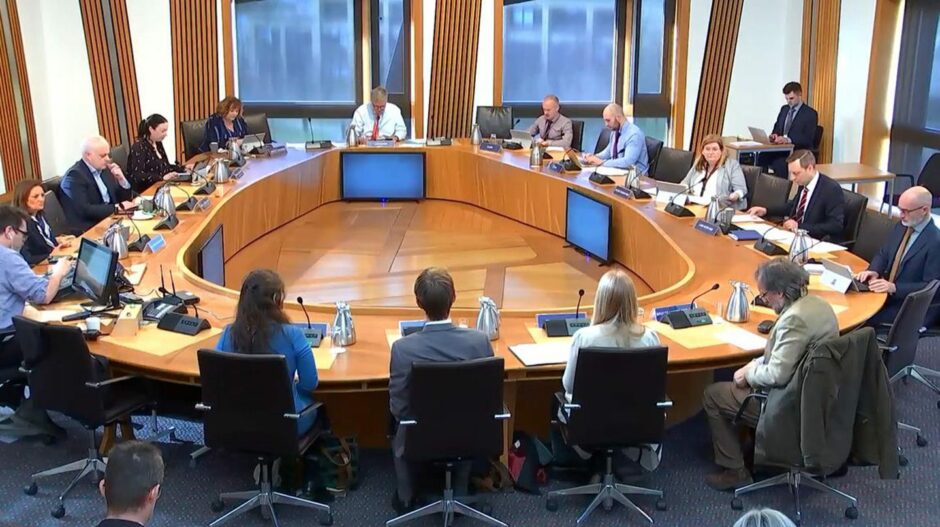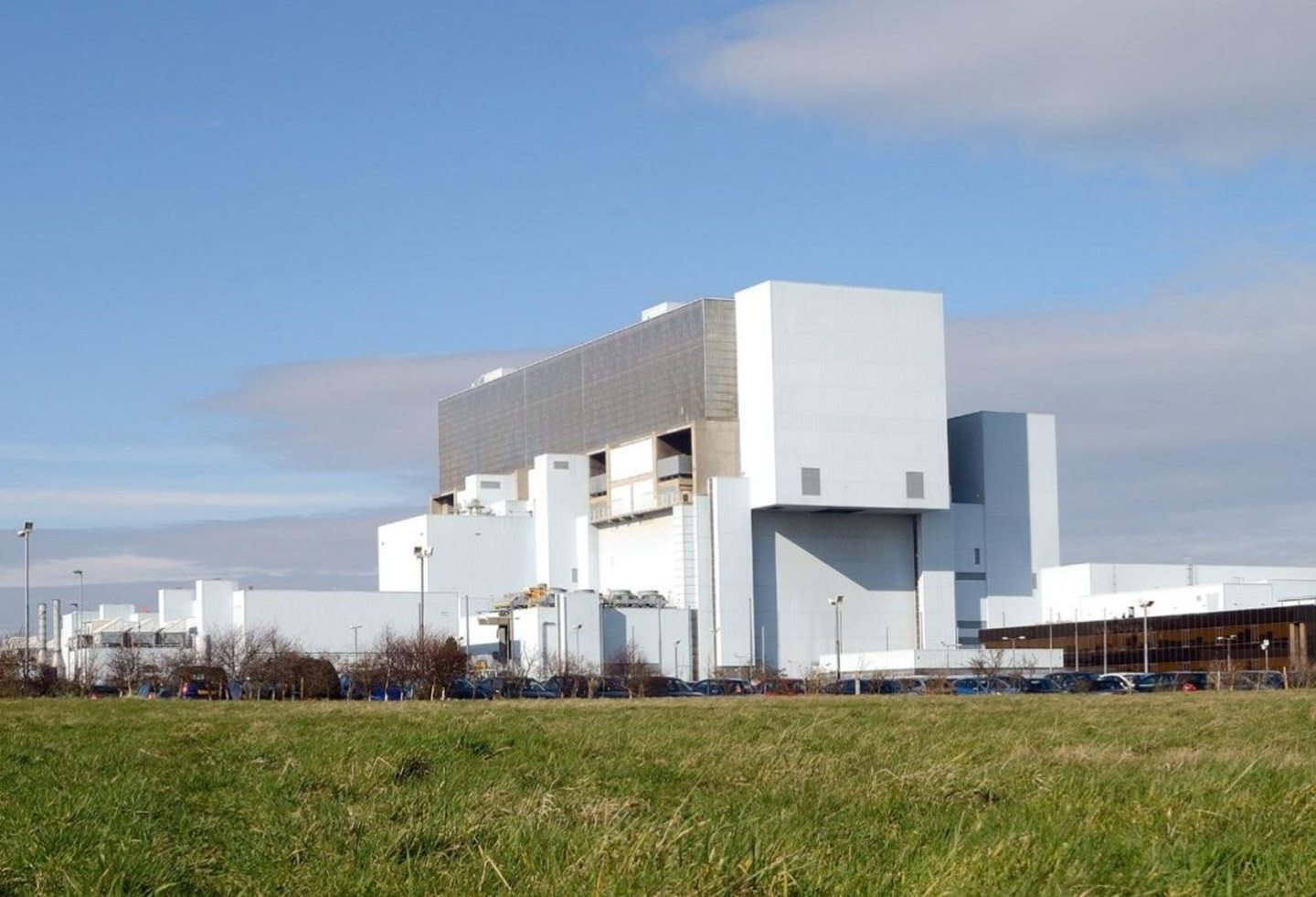
Holyrood committees do not tend to get much limelight and, when they have anything controversial to consider, invariably split along party lines.
The pursuit of independent-minded truth, which characterises Westminster Select Committees, has never caught on in Edinburgh.
However, there is one inquiry just begun which might produce food for thought that will be difficult to argue over. The Net Zero, Energy and Transport Committee is investigating Scotland’s electricity infrastructure and “whether it is an inhibitor or enabler of our energy ambitions”
The intention is “to scrutinise what electricity infrastructure will be needed to realise the ambitions that are set out in the Scottish Government’s new draft energy strategy and just transition plan”. Well, it’s a good thing someone is looking for a few reality checks.
Without the necessary infrastructure, everything else is hot air. There will be no. point in generating power, onshore or offshore, if it cannot be transported to the markets that require it which, to a degree that will doubtless distress some MSPs, translates into “England”.
Before we start talking about destinations and how to reach them, it would be a good idea to check out what we are going to be generating and where. How realistic is it to talk about a transition, just or otherwise, without certainty that it can also maintain security of supply?
The north-east Tory MSP, Liam Kerr, cut to that particular chase, noting that the Scottish Government strategy envisages closing down nuclear altogether and “no new oil and gas exploration and production”. Torness alone, he pointed out, was responsible for 42 per cent of the electricity produced in Scotland on one recent day.
So Mr Kerr asked the first panel of witnesses: “When do you think that replacement will happen?”. Tom Quinn of the Offshore Renewable Energy Catapult was first up. They were “pushing strongly on innovation programmes to develop green hydrogen”.
Clare Lavelle of Arup replied: “In the flexible bucket, we have a vast range of technologies that can offer the solution to matching intermittent renewables. Everything from storage batteries, pumped hydro, hydrogen power production and interconnection will, in a UK-wide system, be able to manage our supply and demand”.
Then Emily Rice of Solar UK thought that “variable is a better word than intermittent”. Well, suit yourself, Emily. Anyway, she was sure “we have natural resources that help to balance each other out”. She added: “I do not think that moving to completely renewable generation will threaten our energy security at all”.
The three answers (which, it is only fair to point out, I quote only in part) left two conclusions. First, while there are lots of possible, there are no certainties and second, there is a rather urgent need to put in place a credible strategy before closing down the current sources of secure supply.
Hydrogen of various hues has been touted for at least 20 years without yielding much you would bet the house on. Pump storage hydro is perfectly feasible but needs a capital funding support mechanism to make it happen. And so on.
“Interconnectors” is really a euphemism for answering Mr Kerr’s question with the admission that importing power from whoever will send us it might be the actual way to maintain security of supply, which doesn’t seem a great or green idea. The best that can be said is that it is all a bit vague.
In fact it’s a classic example of starting to make policy with conclusions and working backwards. Close down what we’ve got, talk endlessly about the potential of renewables, then leave it for a few years before it becomes apparent that Mr Kerr’s question hasn’t been answered. And by then it’s someone else’s problem!
Professor Stuart Haszeldine of Edinburgh University helpfully set out the scale of the storage challenge once gas is switched off, quoting a report which suggested that, “if we consider the whole energy system for heating and electricity, we will need to store something like 15 to 25 per cent of our annual energy. That is a huge amount … Work is in progress, but it will be needed much sooner than the progress suggests it will happen”.
He added: “The committee could ponder whether we should be moving ahead much faster with hydrogen, because, whichever way you look at it, hydrogen will be part of the system, so it is a no-regrets option to invest in hydrogen now and within the next two years, rather than wait until 2030”.
The message was unmistakably that time is closing in on objectives which are, at the current pace of change, most unlikely to be delivered. So where, as Mr Kerr asked, is that baseload going to come from if we eliminate nuclear and gas generation? The answer, I suspect, is that we will still be relying on both, well beyond 2030. Just so long as they are imported!
The more I read of the evidence – which I thoroughly recommend – the more I was struck by the hypothetical nature of it all. Knowledgeable people spoke frankly about both the possibilities and the doubts but nowhere did anyone put forward the kind of firm agenda which would give confidence in keeping the economy going, if the current sources of generation are lost.
To be fair, that is not the job of academics or engineers. It’s the polticians who are supposed to have a plan. At present, they seem to be a lot more certain of what they are going to switch off than on what is going to take its place, by which time they’ll be gone.
This is one Holyrood committee inquiry I will continue to follow with interest and its conclusions may well make a sobering read.
Brian Wilson is a former UK energy minister
Recommended for you

 © Supplied by EDF
© Supplied by EDF